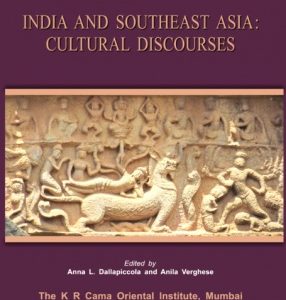
Anna L Dallapiccola

Showing all 9 books


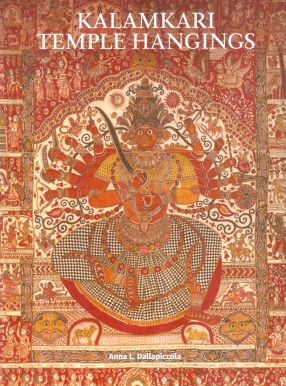


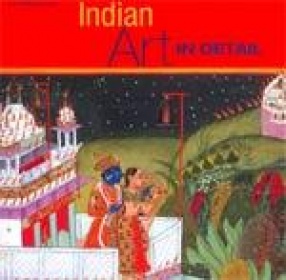

India and Southeast Asia: Cultural Discourses, Anna L. Dallapiccola and Anila Verghese (Eds.). Mumbai: The K R Cama Oriental Institute, 2017 In January 2015 a seminar entitled ‘Cultural Dialogues between India and Southeast Asia from the 7th to the 16th Centuries’ was held at the K R Cama Oriental Institute, Mumbai. The volume entitled India and Southeast Asia: Cultural Discourses is the outcome of that stimulating seminar in which many eminent ...

Reverse glass painting is a fascinating yet comparatively unknown facet of Indian art that flourished in the mid-19th century. Painted by Chinese and Indian artists, these ‘exotic’ paintings in luminous colours were much favoured by royal patrons, and also by prosperous landowners and city merchants in colonial India. The themes ranged from portraits of rulers, their families, nobles, dancers and courtesans, to landscapes and a wide variety of ...

The Victoria and Albert Museum in London has the world’s most important collection of 19th-century temple hangings from South India. Commissioned by Hindu temples and monasteries (maths), and by individuals for religious use, the hangings were produced in the Kalamkari style of hand drawing, mordant-dyeing and painting. Striking in artistry, and imposing in size, these temple hangings represent a complex technique that reached its highest expression in ...

These two volumes of papers by a galaxy of scholars are a tribute to the eminent art historian Dr. Devangana Desai, who has made an invaluable contribution in the field of Indian art, iconology and architecture.
The thirty-seven thematic essays in Art, Icon and Architecture in South Asia include many by senior and very illustrious scholars as well as some by younger researchers who are now making their mark. They are divided into five broad groups, in each the ...
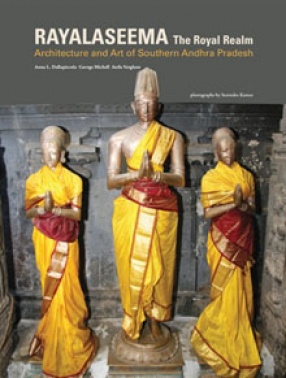
This volume of Marg is dedicated to the architectural and artistic heritage of Rayalaseema, the Royal Realm, a name given to the region encompassing Kurnool, Anantapur, Cuddapah and Chittoor districts in present-day Andhra Pradesh. This legacy may be traced back more than 2,000 years, as evidenced by the ancient, enigmatic stone figural lingam at Gudimallam. During the 14th–17th centuries Rayalaseema enjoyed unprecedented political and economic importance. ...

India has an astonishingly rich variety of painting traditions. While miniature painting schools became virtually extinct with the decline of aristocratic patronage, a number of local vernacular idioms still survive and continue to develop, adjusting to social and political changes. The present collection of papers is the volume of the proceedings of the conference ‘Indian Painting: The Lesser-Known Traditions’ held in Houston in 2008. The aim of the ...
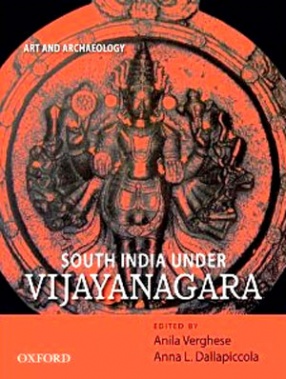
This book is highlights the recent multidimensional and interdisciplinary approach in the academia. The contributors, leading academics from around the world, use textual material to corroborate the data provided by archaeology and rise new questions. Divided into two equal parts, the first focuses on Hampi, a World Heritage Site. It examines Vijayanagara scholarship, archaeological work, heritage site management, conservation, photography, epigraphy, sculptures, ...

This book deals in detail with sculpture at Vijayanagara (present-day Hampi, Hospettaluka, Bellary district, Karnataka), the capital of the Vijayanagara Kingdom from the mid-fourteenth century to 1565. The Vijayanagara Kingdom, at its peak, extended over much of Southern India. From Vijayanagara city ruled the monarchs of thee dynasties: Sangama (1336-1485), Saluva (1485-1505), and Tuluva (1505-65)." In this volume the origins and uniqueness of the ...

This beautiful book offers a striking and unusual view of a wide array of Indian art. It highlights - close up and in colour - outstanding examples of design, workmanship and craft in dramatic sculptures of metal, stone and wood as well as sumptuous paintings and textiles. The book opens with an introduction asking 'What is Indian Art?' This is followed by a series of chapters showing how the functions and purposes of each object reflect its ...
